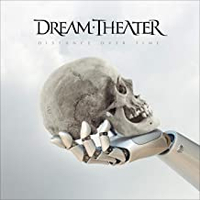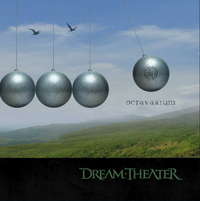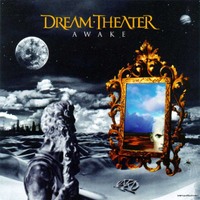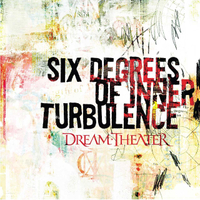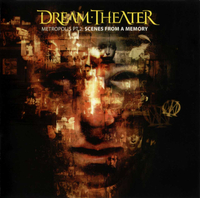The career of Dream Theater can be divided into two distinct parts. Many hardliners consider the years spent with Mike Portnoy filling the drum stool as definitive, and of course such claims have solid grounding.
From the 1989 unveiling of a highly promising debut entitled When Dream And Day Unite, until September of 2010, when Portnoy dumfounded his band-mates with the ill-received proposal of a five-year hiatus that would prompt his shocking exit from the group, Dream Theater forged a reputation as the chief progenitors of the genre known as progressive-metal.
With Portnoy, the North American-based quintet set bold new standards, and in much the same way as a very particular type of Van Halen fan refuses to acknowledge its Sammy Hagar-fronted line-up, many still choose to undervalue or even outright dismiss Dream Theater’s not inconsiderable achievements since a rebirth with newcomer Mike Mangini (of Extreme, Steve Vai and Annihilator fame).
Frankly, it’s their loss.
The introduction of the noted percussionist allowed Dream Theater not only to survive a potentially calamitous creative crisis but to revaluate, reenergise and prosper.
Released in 2010, their debut with Mangini, A Dramatic Turn Of Events, generated a first ever Grammy nomination. Although Dream Theater didn’t win the award, within two years they were shortlisted once again (losing out for a second time).
Five albums into the Mangini era, Dream Theater remain skilled at the throwing of curveballs. 2016’s love-it-or-loathe-it The Astonishing was the biggest, boldest thing that they’d ever created – no small feat. Such was its grandiosity that the sci-fi plotline became a novel.
More than three decades after their debut, Dream Theater show no sign of running out of ideas. And yet they remain perplexed by the levels of scrutiny and criticism that greets just about every facet of their operation; from lyrics and vocals to production, and, fundamentally, direction. It’s an obsession that singer James LaBrie considers “toxic”. Since when did fans know more than the musicians whose work they claim to love?
“All that people want Metallica to do is sound like Metallica,” guitarist John Petrucci recently told Prog magazine. “To say that [what we are doing] sounds too much like Dream Theater, I just can’t get my head around it. Should we sound like another band? That’s bizarre to me."






